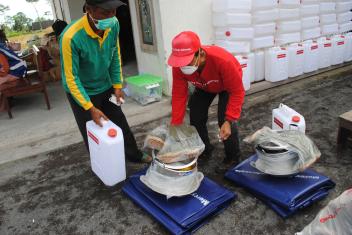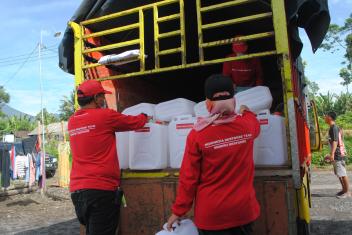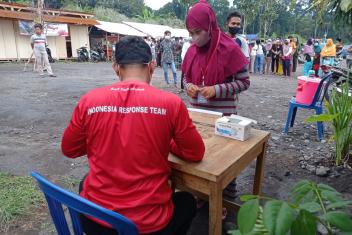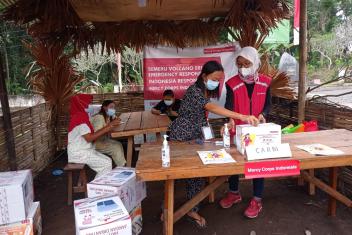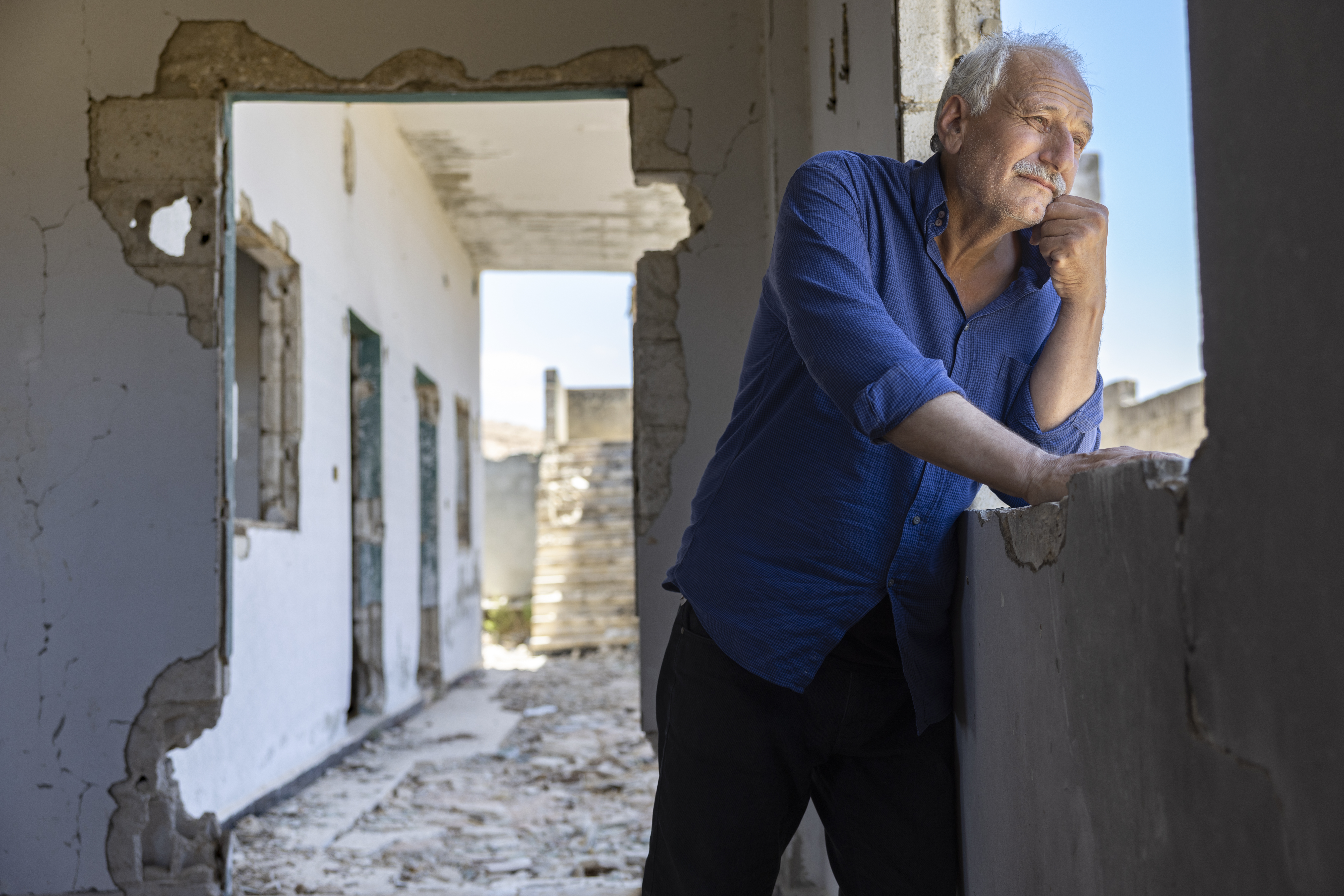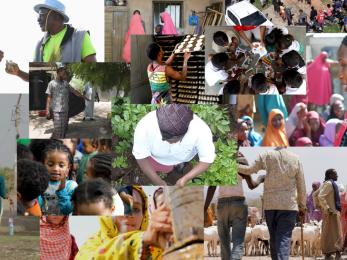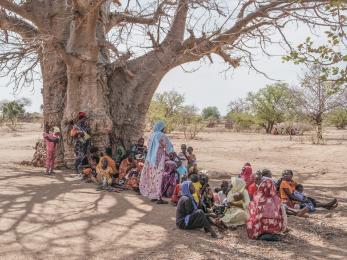Rebuilding from ashes
Recovering in the wake of Mount Semeru volcano eruption
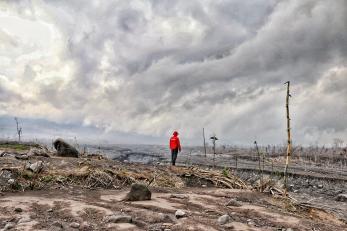
On the afternoon of December 4, 2021, darkness fell over villages surrounding Mount Semeru. People from the villages in East Java, Indonesia, described thick, suffocating clouds of ash descending onto their homes after the Mount Semeru volcano erupted. It was as if night had suddenly appeared and they were unable to see their own hands in front of them.
Pyroclastic flows—a rapid stream of hot gas, ash, and rocks—and surrounding debris destroyed upwards of 3,000 homes, according to the U.N. More than 10,500 people were displaced after fleeing their homes, with over 2,000 people injured and almost 60 were killed. As the team leader for the Mount Semeru emergency response, I arrived in the area just days later and saw the destruction.

I spent my first days in the Lumajang and Malang district assessing the urgent needs of the communities who had evacuated. It was challenging to reach the people who were displaced because lava flows, ashy mud, and fallen trees had blocked roads. A bridge that connected two main villages had collapsed. Most of the affected areas didn’t have electricity, and phone and internet signals were unstable. Unlike other times of natural disasters where people from the same village tended to stay together in the camps for displaced people, we found that people had scattered to surrounding areas opting to stay with relatives. Through collaboration with local groups, we worked together to track down evacuees to provide assistance.
In addition to shelter, people needed basic necessities and access to clean water. In the first two weeks after the eruption, we delivered 300 hygiene kits to help prevent COVID-19 transmission and 100 kits for families that included a jerrycan, tarps, rope, cooking supplies, and rubber boots. In speaking with more community members, we found that those with the most needs were pregnant women, those with children under five years old, people with disabilities, elderly people, as well as female-headed households, and child-headed households. We provided 400 of these households with cooking kits made up of rice cookers and water dispensers.
From my own experience, I know how critical it is to receive assistance in the wake of a natural disaster. In 2005, my parents, sister, and I had lived in a camp for displaced people after our family’s home in Meulaboh had been destroyed by the Indian Ocean tsunami. Meulaboh is a coastal city, where 80% of buildings were razed by the force of the tsunami. My first encounter with Mercy Corps staff was at the camp, where I volunteered to take them around Meulaboh on my motorbike. The team hired me after a week and I’ve been working with Mercy Corps since then to help communities like my own in one of the most distressing times of our lives.
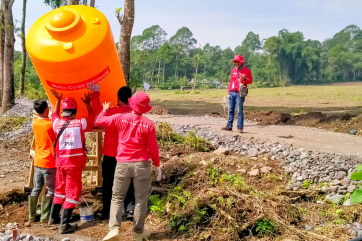
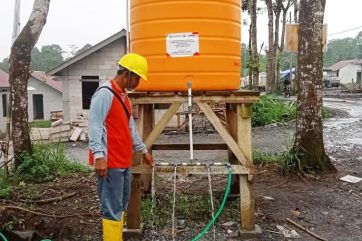
In the months following the December Mt. Semeru eruption, the government resettled the residents to a safer area away from potential landslides, flash floods, and mudflows made up of volcanic ash and debris. Mercy Corps teams worked with local government and community groups to coordinate access to clean water for the thousands of people who were displaced to temporary shelter before moving into permanent housing in the resettlement areas in Sumber Mujur village. To date we have built 39 water points that are connected to a nearby spring, which will serve almost half of the displaced people in the 1,500 permanent housing units built by the government. In the meantime, almost 300 workers have access to clean water while building the homes.
Recovery in the Lumajang and Malang district is ongoing. I’m proud to work on the Mercy Corps Indonesia team, where we can see our own families in the communities affected by the eruption. We have rebuilt before in the aftermath of a natural disaster—and we will rebuild again.

